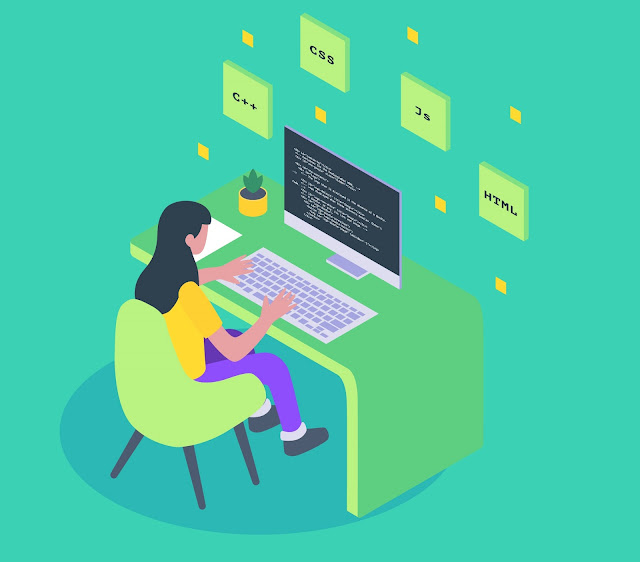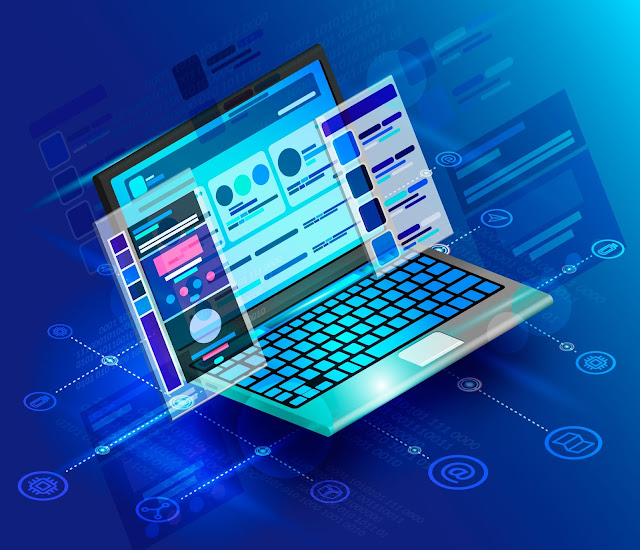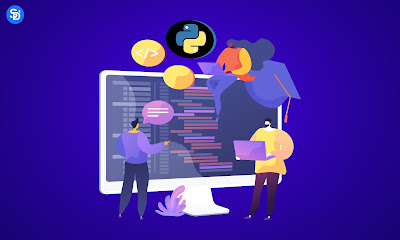How Generative AI is Transforming Creative Industries
In recent years, Generative AI services have revolutionized various sectors, with creative industries experiencing significant transformations. From art and music to film and advertising, Generative AI is enabling creators to push the boundaries of innovation and creativity. By leveraging advanced algorithms and machine learning techniques, Generative AI is not only automating repetitive tasks but also generating new, original content that captivates and engages audiences.
Revolutionizing Art and Design
Generative AI is making waves in the art world by enabling artists to create unique and intricate pieces that would be challenging to produce manually. Algorithms like Generative Adversarial Networks (GANs) allow for the creation of art that mimics various styles and techniques, from classical paintings to modern abstract art. This technology provides artists with new tools to experiment and innovate, blending traditional methods with cutting-edge technology to produce breathtaking works of art.
Transforming Music Composition
The music industry is also reaping the benefits of Generative AI. AI-driven music composition tools can generate original melodies, harmonies, and even entire songs. These tools analyze vast datasets of existing music to learn patterns and structures, which they then use to create new compositions. Musicians and producers can use these AI-generated pieces as inspiration or incorporate them directly into their work, enhancing creativity and productivity. This technology is democratizing music creation, allowing even those without formal training to produce professional-quality music.
Enhancing Film and Animation
In film and animation, Generative AI is streamlining production processes and enabling the creation of stunning visual effects. AI algorithms can generate realistic characters, environments, and special effects, reducing the time and cost associated with traditional animation techniques. For example, AI-driven tools can automatically generate character movements and facial expressions, making the animation process more efficient. Additionally, Generative AI can be used to create deepfake technology, which, while controversial, has the potential to revolutionize how actors and characters are portrayed on screen.
Innovating Advertising and Marketing
Generative AI is transforming advertising by creating personalized and engaging content at scale. AI-driven tools can generate targeted advertisements based on user data, ensuring that the right message reaches the right audience. This level of personalization increases the effectiveness of marketing campaigns and enhances customer engagement. Moreover, Generative AI can create dynamic and interactive advertisements, such as chatbots and virtual assistants, that provide a more immersive and personalized experience for consumers.
Driving Fashion and Product Design
In the fashion industry, Generative AI is being used to design unique clothing and accessories. AI algorithms can analyze current fashion trends and generate new designs that appeal to consumers' tastes. This technology allows designers to experiment with different styles, fabrics, and patterns, resulting in innovative and trendsetting collections. Similarly, in product design, Generative AI can optimize designs for functionality and aesthetics, leading to the creation of more efficient and appealing products.
Empowering Creative Collaboration
Generative AI is also fostering collaboration between human creators and machines. By providing tools that enhance and augment human creativity, AI enables artists, musicians, filmmakers, and designers to work more efficiently and collaboratively. This symbiotic relationship between human intuition and machine intelligence results in groundbreaking and imaginative creations that push the limits of what is possible.
The Future of Generative AI in Inventive Industries
As Generative AI proceeds to advance, its effect on imaginative businesses will as it develops. Future advancements may include more sophisticated algorithms that can generate even more complex and realistic content. Additionally, the integration of AI with other emerging technologies, such as virtual reality and augmented reality, will open up new possibilities for immersive and interactive experiences.
Generative AI services are undoubtedly transforming creative industries by providing new tools and opportunities for innovation. Artists, musicians, filmmakers, and designers are harnessing the power of AI to push the boundaries of their crafts, resulting in a more vibrant and dynamic creative landscape. As we look to the future, it is clear that Generative AI will continue to play a crucial role in shaping the creative industries, driving both technological advancement and artistic expression.
In conclusion, partnering with a Generative AI development company can help creative professionals leverage these advanced technologies to enhance their work and stay ahead in their respective fields. These companies offer expertise and solutions that enable creators to fully harness the potential of Generative AI, leading to groundbreaking and transformative results.




Comments
Post a Comment